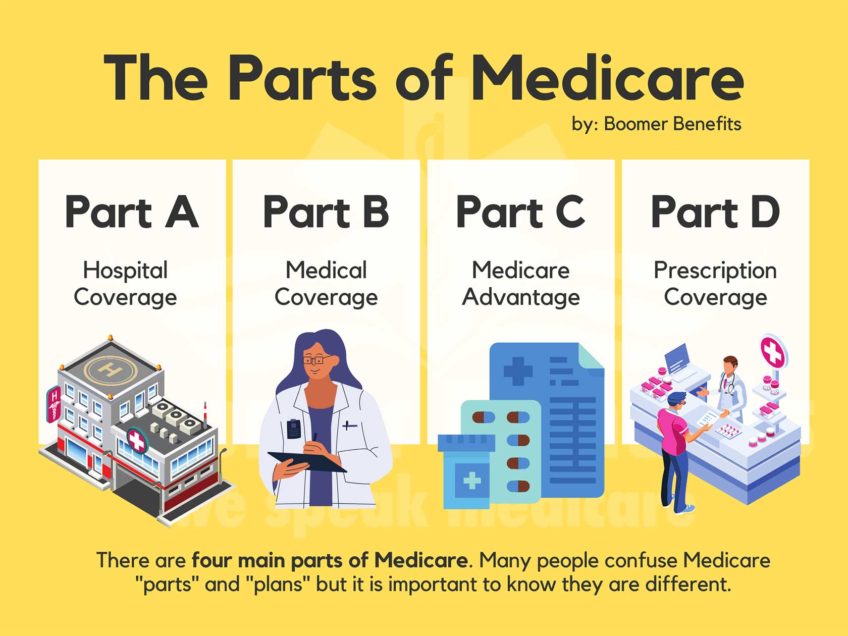
Healthy People 2020, a national health promotion and disease prevention initiative, has set specific goals for compliance with cancer screenings in this country. The target so far has fallen short, according to a recent report from the Centers for Disease Control and Prevention.
The report compared the change in the percentage of adults screened for colon, breast and cervical cancers between 2000 and 2015. There was a notable uptick in the number of people who received tests for colon cancer, but the number of women participating in mammograms remained stable, while those up to date with Pap smears actually declined during the 15-year period.
The difference in participation in all screenings varied by race, ethnicity, education, income and place of birth.
The U.S. Preventive Services Task Force recommends a mammogram every two years for women between the ages of 50 and 74. In 2015, according to the report, roughly 72 percent of eligible women met the guidelines. Filipino, Puerto Rican and black women had the highest percentage at 81.5, 78.1 and 74, respectively. Fewer than 57 percent of Native Americans complied.
Findings were similar for Pap smears. Black, Filipino and Puerto Rican women complied at higher rates with the recommendations of screening every three years between the ages of 21 and 65. On average, 83 percent of all women received the tests.
Compliance rates were significantly lower for colon cancer. Only 62 percent had undergone one of the several recommended tests for screening. Participation was highest among whites, blacks and Puerto Ricans.
There were some commonalities across the board, however. College graduates, those born in this country and people of higher income were more apt to be tested. People who had a regular source of care and were insured also demonstrated higher compliance percentages.
It is surprising that there is no improvement in the rates for mammograms and Pap smears since 2000. Free screening for a number of illnesses, including breast and cervical cancers, is one of the hallmarks of the Affordable Care Act. This means that, regardless of the plan you have chosen, you are not subject to a copay or deductible for the tests. The reasoning behind this decision is to diagnose an illness in the early stages when treatment is apt to be more effective.
The sad part of this commentary is that even those without insurance or a regular source of care can have access to mammograms and Pap smears. The National Breast and Cervical Cancer Early Detection Program is a program of CDC, and provides low-cost or free screenings for breast and cervical cancer in every state and U.S. territory as well as nine Native American tribes and organizations. Several non-profit organizations, such as Planned Parenthood, offer similar services.
Below are the guidelines for the three tests as recommended by the U. S. Preventive Services Task Force. Although medical associations may disagree on the timing and frequency of these tests, the Affordable Care Act follows those guidelines set forth by the Task Force. It is important to remember, however, that these are general guidelines, and may differ according to one’s personal history and risk.






